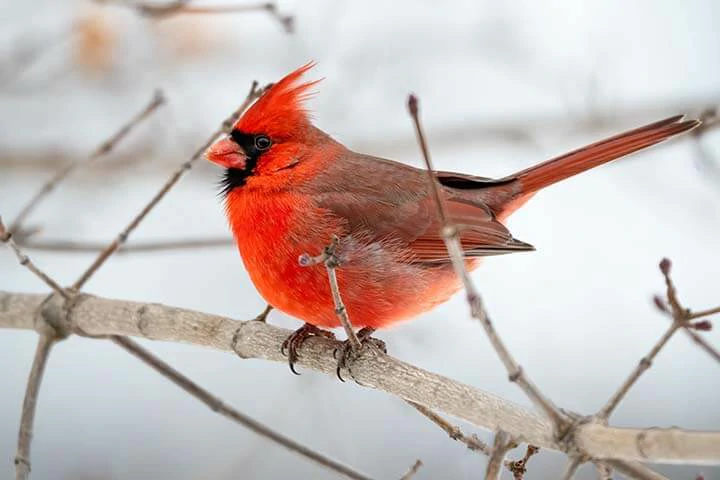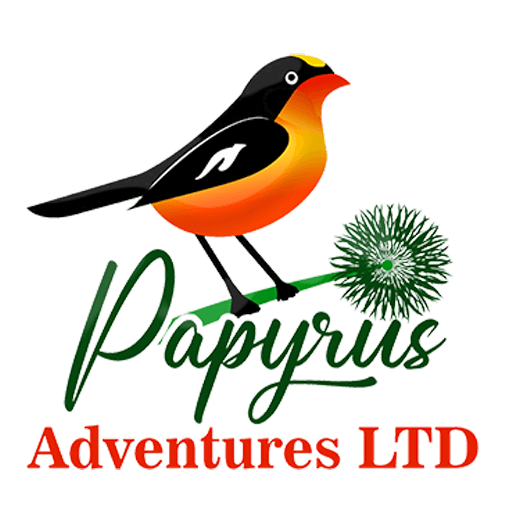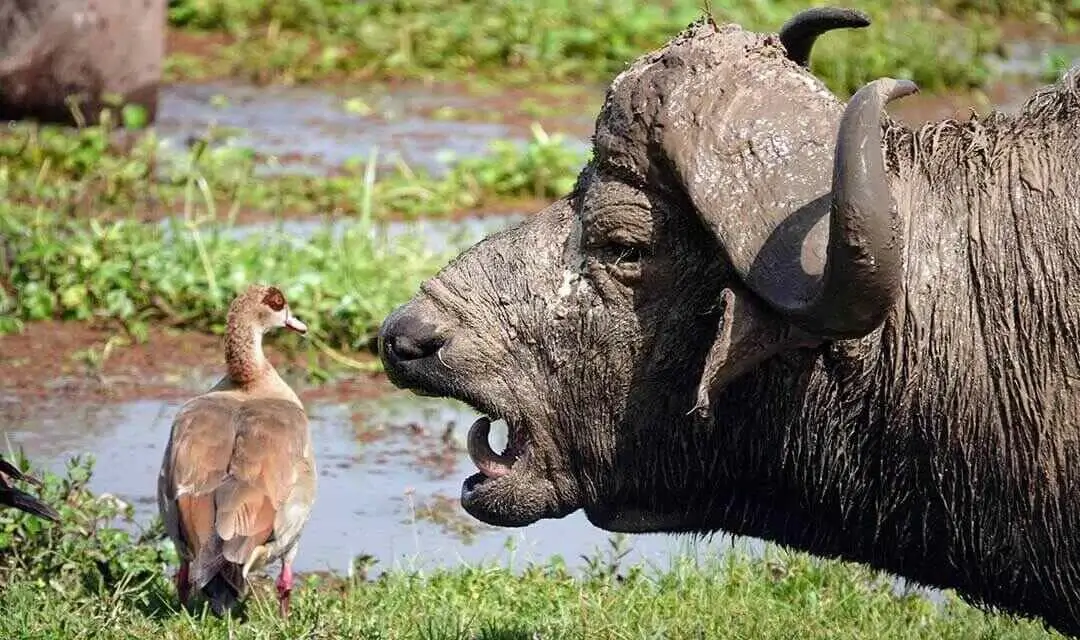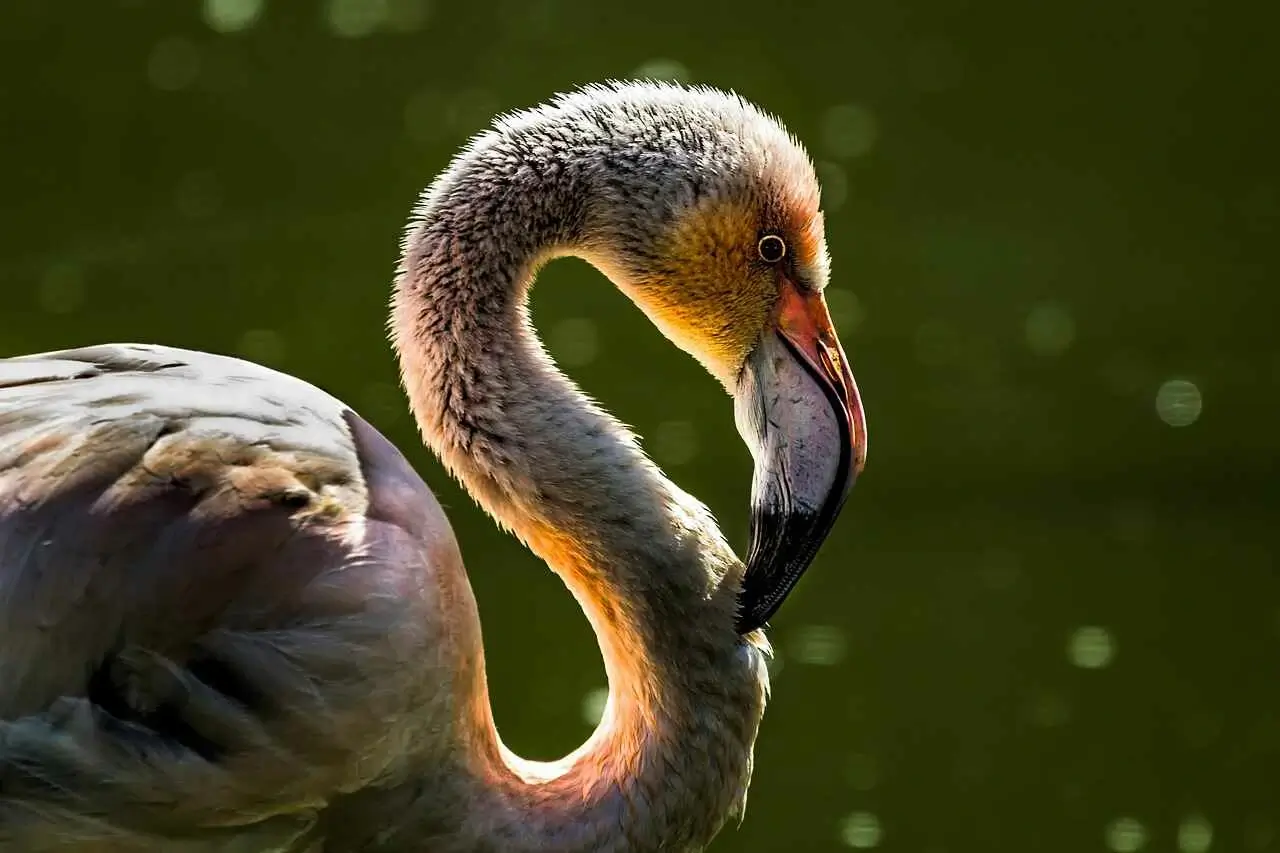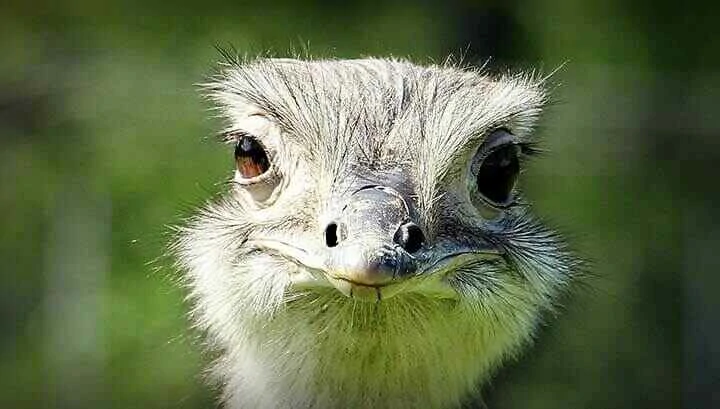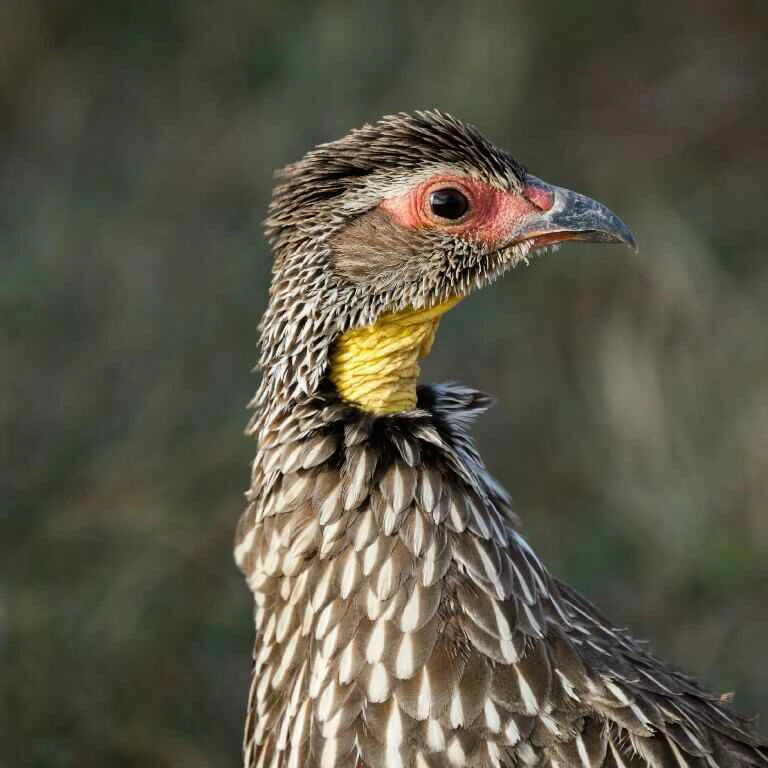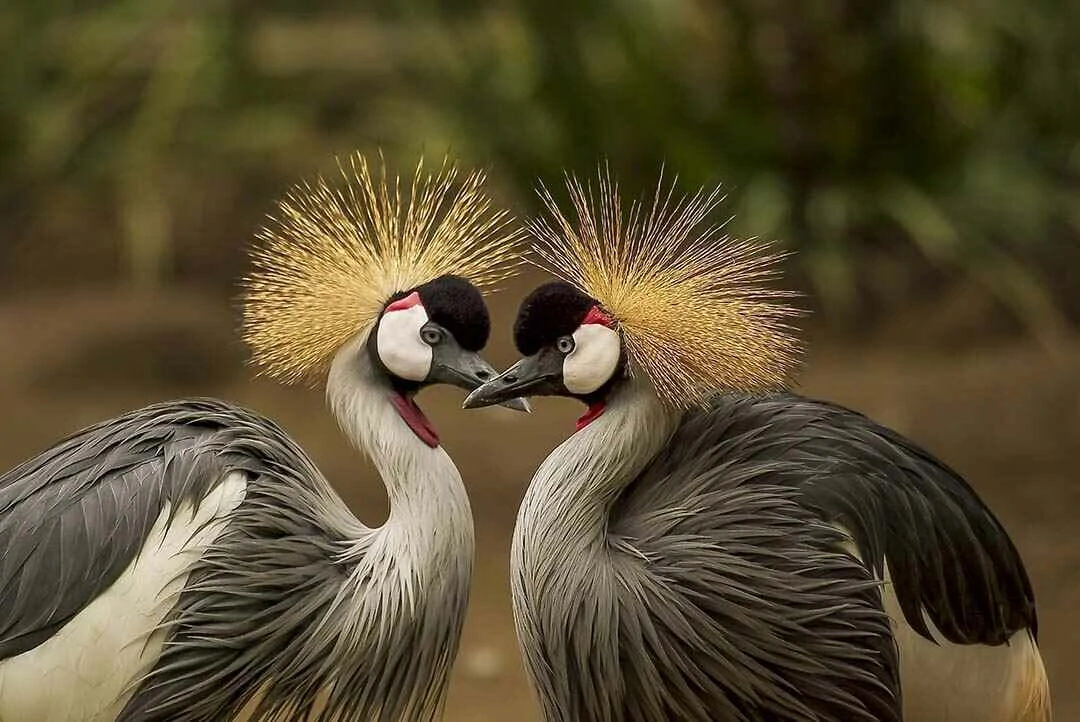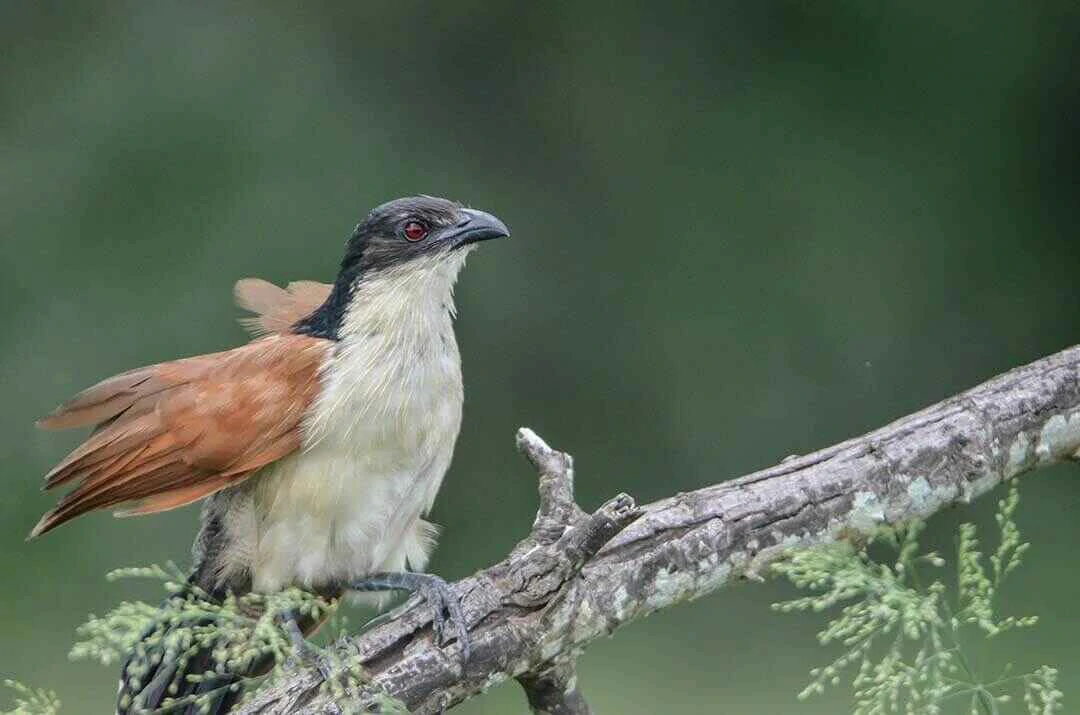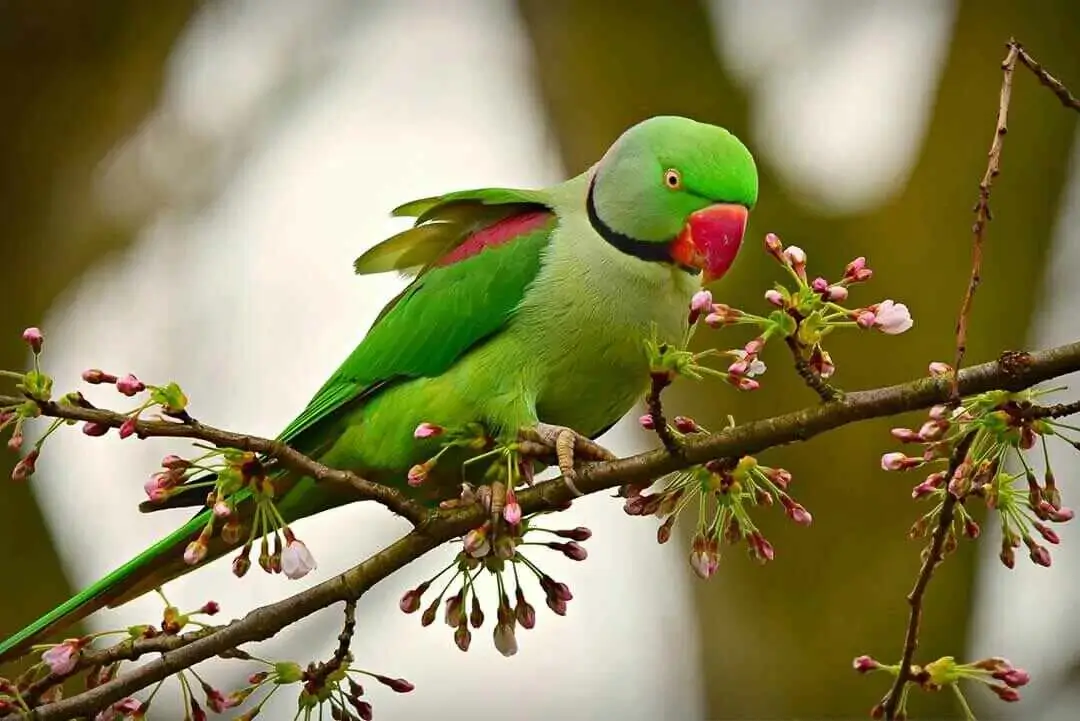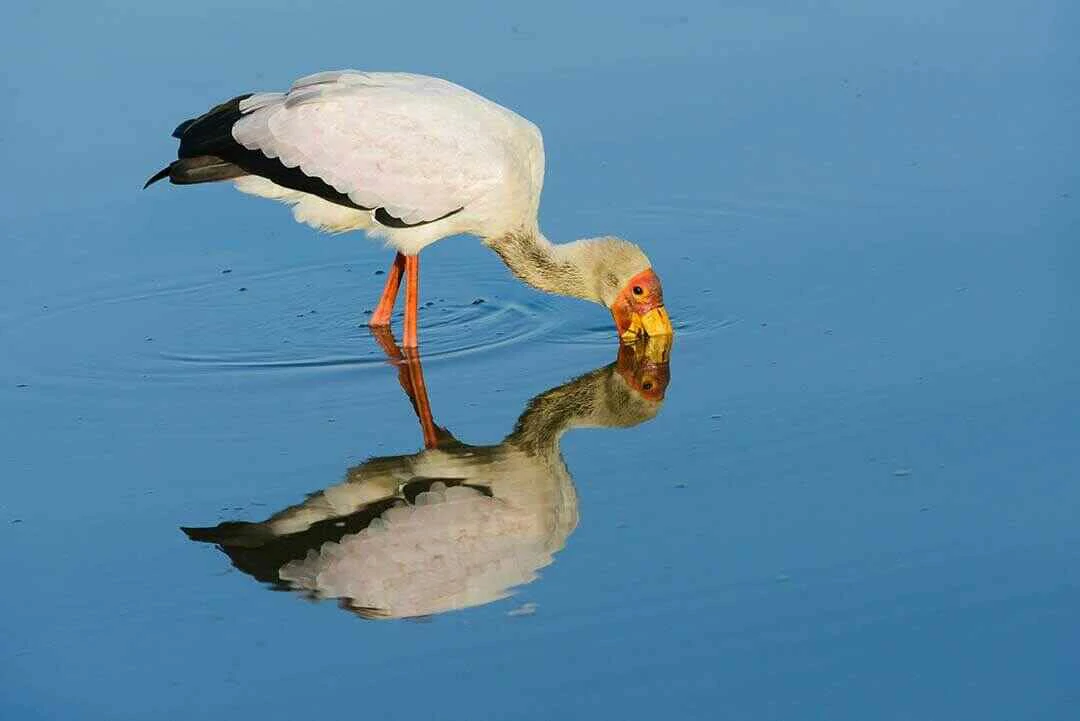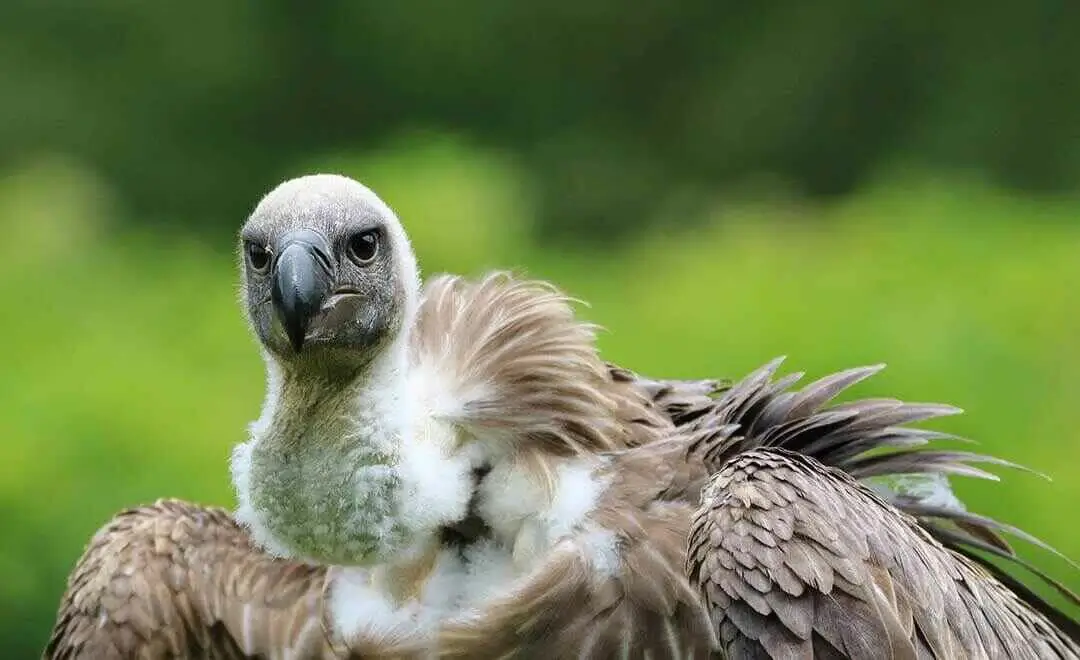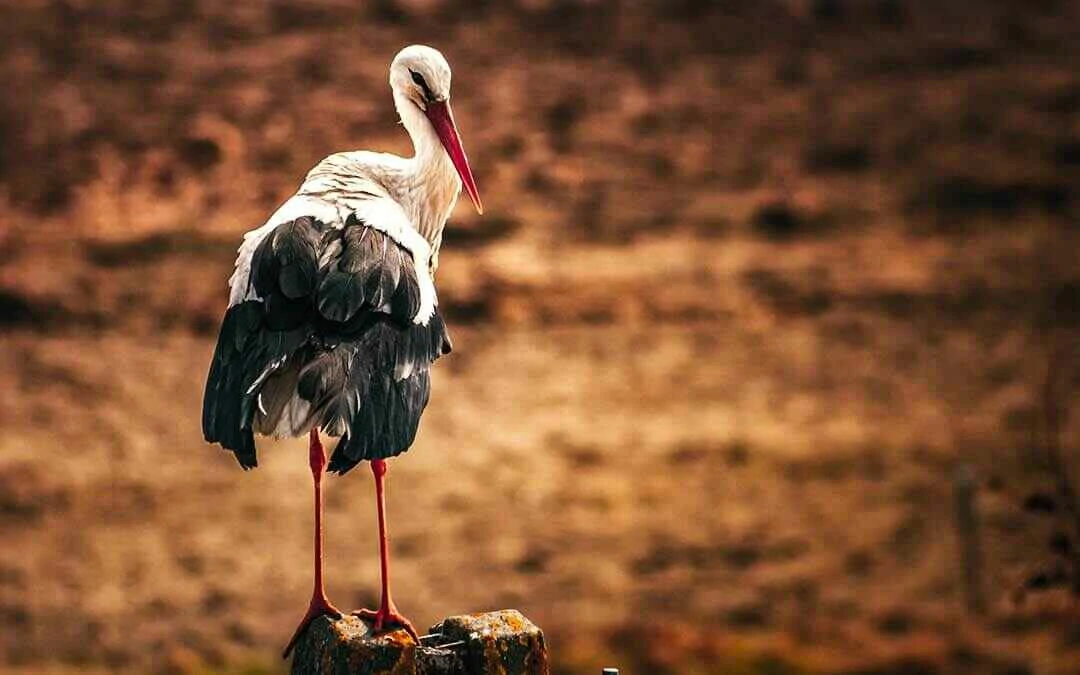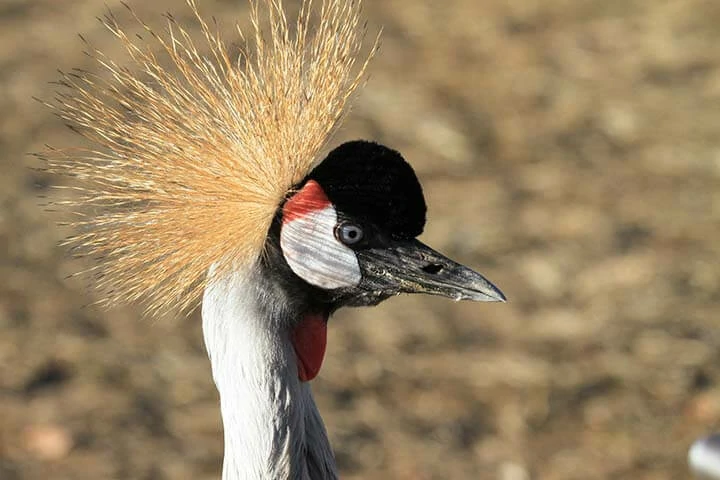The lower Ankober escarpment is across the vast and arid Afar
Plains all the way to the northern part of Awash National Park.
Ankober is the epicenter of Eucalyptus plantation in Ethiopia, an
environmental scourge and almost no native vegetation remains
except on inaccessible cliff faces. Otoh, native vegetation
appears only 1 km below the Palace hotel and its diversity
increases many fold. Birds like Levaillants Cuckoo, Yellow-bellied
Waxbill, Yellow-throated Seedeater, Whitewinged Cliff Chat and a
few White-backed Black-Tit, seen here.
Melka Ghebdu is an area located just east of the bottom of the
escarpment holds excellent scrub and riparian acacia woodland that
teems with birds. The main road can be used as an elevated vantage
too. The Yellow-throated Seedeater, Yellow-breasted Barbet,
Chestnut-crowned Sparrow-Weaver (usually harder elsewhere), a
fabulous Long-tailed Paradise Whydah, Eastern Plantain-eater,
African Grey, Von der Decken's and Northern Red-billed Hornbill,
Black-billed Barbet, Red-bellied Parrot, Slate-colored Boubou,
Yellow-vented Eremomela, Nile Valley and Scarlet-chested Sunbirds,
Little Weaver, Black Scrub Robin, Whitebellied Go-away-bird, Gabar
Goshawk, Lesser Kestrel and the first Abyssinian Rollers are seen
in this region.
Afar Plains is 850 meters above sea level is found towards Doho
Lodge. A newly laid train track lies on the side of the road
throughout the journey. This track, connecting Awash in the south
to Mekelle in the north through dry scarcely inhabited landscape
is believed to have reduced sightings of bustards. Have a picnic
lunch at a stream crossing that seems to be birdy. Here you will
see the Grey Wren-Warbler, Yellow-spotted Petronia, Black-throated
Barbet, Black-crowned Sparrow-Lark, Straw-tailed, Grey Kestrel,
Whydah, Yellow-breasted Barbet and much of the same dry country
birds.
Doho Lodge
is located at the very edge of a massive forbidding looking swamp
that apparently extends several hundreds of kilometers from the
base of
Mount Fentale
in Awash National Park to well past the now non-operational
Bilen Lodge. The vast swamp is an authentic oasis in this very arid region
but it is also strangely lacking in bird diversity and numbers.
The narrow palm forest at the edge of this swamp is frequented by
many woodpeckers as evidenced by the numerous holes in almost
every palm tree. Other birds seen in the swampy habitat include;
Cardinal Woodpecker, Black-billed Wood-Hoopoe, Red-bellied
Parrots, Slender-tailed Nightjar, Abyssinian Scimitarbill,
Grey-headed Batis, White-browed SparrowWeaver, White-rumped Shrike
(White-crowned), Red-fronted Prinia (Warbler), Shining Sunbird,
Greyish & Pale Flycatchers, the nomadic Wattled Starling, the
diminutive Buff-bellied Warbler and many others.
